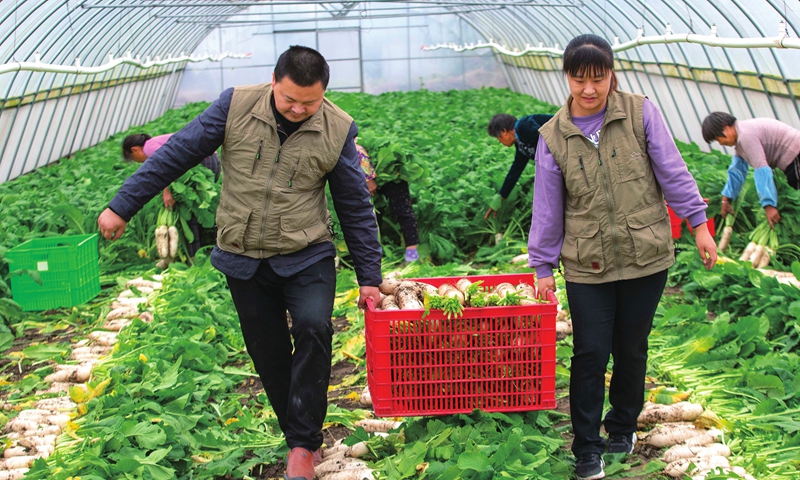China seeks to strengthen food stability
China has managed to keep domestic food supplies and prices relatively stable during a time when most countries around the world are struggling. Domestic food prices rose by just 0.4% year-on-year in the first half of 2022, compared to the global average of 25.2%. China’s domestic cereal production reached 483kg per capita in 2021, above the international food safety standard of 400kg per capita.
The Chinese government has introduced policies in various areas, from production and transportation to market and end use, to support food security and strengthen the resilience of the agri-food system. Since 2006, the government has established a “farmland red line” policy to maintain no less than 120 million hectares of arable land for agriculture.
The policy also sets out the development of 66.7 million hectares of high-quality agricultural land, with special attention to protecting the fertile black soil in northeast China. In addition, ministries collaborated to open a “green channel” for fresh produce to increase transportation efficiency. Other policies have been developed to combat food loss and waste throughout the entire food chain, which represents 27% of the country’s annual production.
Another crucial policy involves supporting small farmers (less than 2-3 hectares of land), with China’s 250 million smallholder farmers producing about 80% of the food in China. However, they are among the most vulnerable groups and are the most affected by the food crisis due to their modest income and limited access to technology and financial support. Interest-free loans are being provided to small farmers to speed up their recovery from the pandemic and stabilise production.



